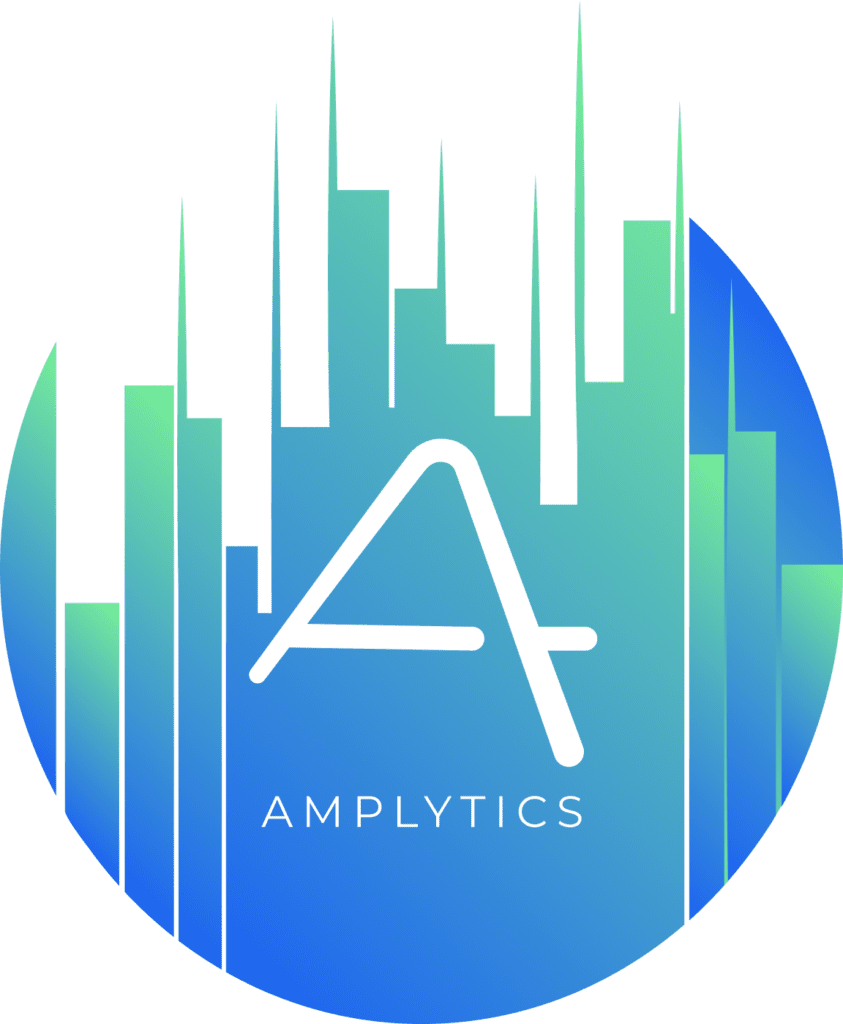According to the Content Marketing Institute’s 2020 benchmark report, 95% of B2B marketers use social media content to achieve their goals, and for good reason. Pay-per-click advertising (PPC) generates $2 in revenue for every $1 invested by businesses. To achieve that level of success, you’ve got to place your ads on the right platform. There are many options available. Smaller platforms and industry-specific sites might play a part in your strategy, but they’re niche. You’ll probably spend most of your budget with one or more of the big three players – Meta (which owns Facebook, Instagram, and Threads), Google Ads, and LinkedIn. Selecting the best platform for your needs will impact the success of your campaigns, but how can you know which is the right choice? Every product and company is different. For nearly three-quarters of marketers, the answer is a combination of outlets. To make an informed, data-driven decision that will maximize the allocation of your resources and drive ROI, you’ll need to evaluate Meta vs Google vs LinkedIn.
Comparing Meta vs Google vs LinkedIn
Meta, Google, and LinkedIn offer unique targeting capabilities, audience demographics, and advertising formats, making them suitable for different marketing objectives. Each platform can be leveraged to maximize reach, engagement, and ROI in different ways, helping marketers align with their specific goals. Let’s compare Meta vs Google vs LinkedIn digital advertising.
Meta
Meta is the corporation that owns Facebook, Instagram, Threads, WhatsApp, and several other smaller businesses. Over 3 billion people use one of Meta’s core products every day. Ad reach on Facebook alone is a staggering 1.98 billion and former COO Sheryl Sandberg has reported that every week, more than a billion Facebook users reach out to businesses using the platform’s messaging tool. Meta’s wide scope is complemented by advanced targeting capabilities that allow you to create a focused audience based on detailed criteria such as job titles, industries, and professional interests. The company’s platforms support a variety of ad formats from image, carousel, and video ads to interactive and immersive experiences that make it easy for you to engage any target audience. Robust analytics tools make it easy to understand campaign performance and make real-time adjustments. However, frequent algorithm changes can unpredictably affect ad performance, a constant stream of ads increases the risk of ad fatigue among audiences, and concerns around privacy and data use can affect targeting.
If you’re looking at Meta for your next campaign, be sure to take note of Advantage+, their new advanced advertising tool. Advantage+ consolidates various ad types into a single campaign, making it possible for you to target audiences across the entire customer journey without needing to create separate campaigns for each stage of the sales funnel. Built to take full advantage of Meta’s machine learning algorithms, these campaigns optimize ad delivery by analyzing your campaign goals along with best practices across Meta’s platforms. The algorithm can boost results by 200%. You can increase that figure with great creatives and careful campaign monitoring. While Advantage+ mainly focuses on broad consumer targeting, it can still be effective for B2B marketing if the campaign is fed sufficient data to tailor its learning towards more specific business-oriented objectives.
B2B marketers cite Facebook as the platform that offers the best ROI. It’s great for marketers seeking to build top of funnel brand awareness, for acquiring leads in the consideration stage through retargeting, and for driving conversions with retargeting ads. One Facebook survey found that 74% of American consumers use the platform to discover new products and brands. Meta offers brands fertile ground for building brand awareness and engaging with new, top of funnel prospects.
Because ads are incidental to many users, they’ve got to be especially visually pleasing and informational. To craft a great Meta ad, begin by leveraging your platform’s ability to target audiences by demographics and location, then write a headline and supporting copy that adheres to character count limits. Finish with a great call to action that inspires readers to want to know more.
Google Ads
Debating Meta ads vs Google ads vs LinkedIn ads and wondering which is right for your next campaign? Here are some statistics about Google that you’ll want to consider.
- There are an average of 8.5 billion Google searches every day. That equals 2.5 trillion global searches every year.
- 77% of Google users search with Google three or more times per day.
- 51% of shoppers surveyed say they use Google to research a purchase they plan to make online.
Advertising on Google gives you the chance to engage in highly targeted advertising that reaches an extensive pool of users who are actively searching for a solution to their pain. The platform also offers flexible budgeting options and great affordability. The average clickthrough rate for Google Ads is 1.6%, with an average cost per click of $4.22 and the ROI for Google PPC advertisements is 200%.
There are some obstacles to achieving success with Google Ads. Users cross all demographics yet have one thing in common: they grow bored easily and become “ad blind,” skipping past promoted results to get to what they’re looking for. Further, Google is a complex platform, and the learning curve required to master advertising on it is steep. Finally, the high competition for popular keywords can also be a challenge. Marketers must do careful research and stay up to speed on algorithm changes, which can happen at any time.
Think With Google has reported that, “90% of B2B researchers…use search specifically to research business purchases. On average, B2B researchers do 12 searches before engaging on a specific brand’s site.” They have an idea of what they need, and they’re trying to find it. Google Ads are a great way to connect with users and let them know that your product will solve their pain.
Google Responsive Search Ads (RSAs) are a dynamic ad format within Google Ads that helps advertisers reach their target audience more effectively by automatically testing different combinations of headlines and descriptions. This ad format uses machine learning to determine the best-performing combinations based on the search queries of users. Google leverages its own algorithm to figure out which ad copy is resonating with your audience and uses it to optimize your ad’s performance over time.
Take these steps to set up your next Google Ads campaign:
- Determine your goal. Is it brand awareness, lead generation, driving traffic to your website, or something else?
- Do keyword research. You know that your audience is looking for you. Well-chosen keywords with high intent and low competition make it easy for your ads to be found. Organize your keywords into campaigns and ad groups before you begin advertising.
- Write your ads. Craft compelling copy and craft great CTAs to go with it.
- Choose a campaign type. This might be Search, Display, Video, or something else.
- Create your target audience. You can define your target by demographics, location, and more.
- Set your budget and bidding strategy. Decide how much you’re willing to spend and whether you will pay by the click, impression, or acquisition.
Once your campaign is live, monitor metrics, compare them both to your goals and to established benchmarks, and adjust as necessary.
Even as you weigh the pros and cons of Meta vs. Google, remember LinkedIn. Rated the #1 platform for B2B lead generation, LinkedIn offers access to 1 billion professional members in 200 countries. That wide net pays off for marketers. According to the company’s own reporting, advertising on LinkedIn boosts the likelihood of conversion by 6x. While LinkedIn’s advertising rates are higher and its reach is more limited than that of Meta or Google, it offers better, more effective B2B targeting. With users who are looking for thought leadership and seeking information that will improve their professional skills, the platform offers a rich environment for content marketers. Take advantage of that opportunity with blog posts, eBooks, white papers, and case studies gated behind LinkedIn’s easy-to-use lead generation forms.
LinkedIn is an excellent choice for the top or middle of your funnel but remember that, like on Meta’s platforms, users visit LinkedIn for various reasons, not all of which are related to solving a problem. They may be networking, messaging prospects, or posting to their feed. Ads are incidental to them. Build trust with professional, informational copy that conveys authority. Keep messaging short and to the point and pair it with scroll-stopping visuals to maximize interest. Be patient if engagement takes longer than you’d like – your prospects are busy taking care of their own businesses.
Leverage Metrics and Continuous Monitoring to Maximize ROI
No matter where you land in the Meta ads vs Google ads vs LinkedIn ads debate, you’ll need to track various key performance indicators. Begin by determining what are actionable metrics for your campaigns, then monitor your campaigns regularly. Compare your results to your internal goals, as well as to industry-specific Facebook and Google Ads benchmarks and important LinkedIn metrics to measure ad performance. Use what you learn to guide strategic adjustments. Modify your target audience, copy, or even platform choice to achieve your goals.
Maximize Ad Effectiveness with Automated Campaign Monitoring
When considering Meta vs Google vs LinkedIn for your B2B marketing needs, there’s no single answer. You’ve got to ask yourself some questions:
- What is the Purpose of My Campaign? Am I building brand awareness, or do I want to inspire an action, such as booking a demo, downloading an eBook or registering for a webinar?
- Is My Target Audience Low, Medium, or High Intent? Do they want to learn, research, or decide?
- What Are My Audience Demographics? Are they older or younger? Are they at a startup just getting off the ground, or at a well-established enterprise? What platform(s) do they prefer?
- What is My Budget? How much do I have to spend?
- Where is the Competition Advertising? Do I want to beat them where they are or stand out where they’ve left a gap?
Use the answers to determine which of the three major players is appropriate for your current effort and get started. Monitor your results and fine-tune your efforts accordingly.
Amplytics is easy-to-use ad tracking software that frees marketers from time-consuming campaign monitoring, freeing them to devote their time and energy to more creative, revenue-generating tasks. Users log in to the platform’s intuitive dashboard and determine the campaigns to monitor, then Amplytics goes to work, alerting them any time metrics fall below or exceed custom thresholds. Efficiency, resource allocation, and ROI all go up as decisions are driven with data.
Discover the power of Amplytics. Start your free trial today.


